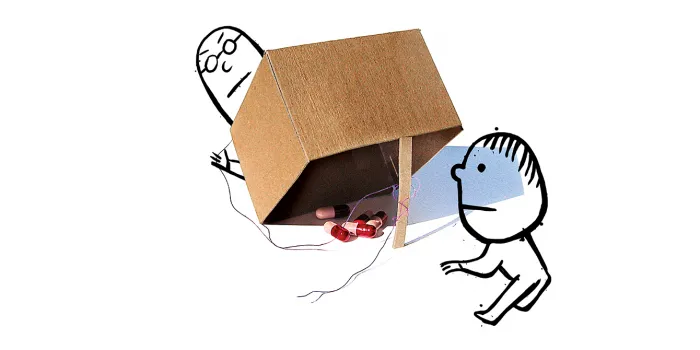Pain is a fact of life for many people with bleeding disorders, who can experience bleeding into joints. Physical therapy, exercise and stretching may be helpful for treating pain, and pain-relieving medications such as acetaminophen can improve day-to-day functioning. When severe pain occurs, a doctor may prescribe an opioid medication, such as oxycodone or hydrocodone, for a limited time.
As a parent, you might be concerned about your teenager taking opioids, given the class of painkillers’ well-known potential for abuse and addiction if not carefully supervised. Of the 3,618 people ages 15 to 24 who died of an opioid overdose in 2018, nearly 800 used a prescription drug, according to the National Institute on Drug Abuse.
One key aspect of managing opioids safely is for patients, parents and healthcare providers to maintain open and honest communication, says Tyler Buckner, MD, MSc, an adult and pediatric hematologist at the Hemophilia and Thrombosis Center at the University of Colorado Anschutz Medical Campus. Buckner is a member of the National Hemophilia Foundation’s Medical and Scientific Advisory Council (MASAC) and has been instrumental in drafting the council’s latest guidance on the management of chronic pain in people with bleeding disorders, including opioid use.
When prescribing opioids, Buckner helps patients and families carefully weigh the risks and benefits in each situation. For example, opioids are not recommended if a person has a known predisposition to substance abuse. He checks with his patients and their parents regularly—when they request refills and sometimes more often—and aims to use the lowest effective dosage to control the pain.
Buckner says staying in touch with patients also allows him to know when pain is becoming less responsive to the original dosage, indicating there may be a risk of someone taking more medication than prescribed to get relief.
“No patient should increase their dose without the recommendation of a provider to do so,” Buckner says. “More is not always better, and with some medications, higher doses can lead to tolerance, dependence or addiction. When we see signs of increasing tolerance, we work to find additional ways to address the pain and sometimes aim to reduce or wean off the opioid altogether if it is no longer safe or effective.”
Identify Problematic Opioid Use
If your son or daughter is experiencing relief from pain and can go about their usual daily activities, that generally suggests the dosage is appropriate and the opioid is being used properly, says Christi Humphrey, a social worker at Hemophilia of Georgia.
Even with careful monitoring, it is possible for teens to use prescribed opioids inappropriately, especially if they are prone to anxiety and depression. “Emotional pain can make physical pain worse,” Humphrey says. Ideally, preexisting mental health concerns are addressed before opioids are considered for treatment.
Teens taking opioids who seem overly drowsy, neglect their hygiene and withdraw from friends and activities could be headed for trouble. “That’s when you know the medicine has become inappropriate,” Humphrey says, “and could be starting to flow into the world of addiction.”
Research shows that mind-body therapies can be effective in conjunction with traditional techniques to manage joint pain. Ask your care team about these four nondrug therapies.

